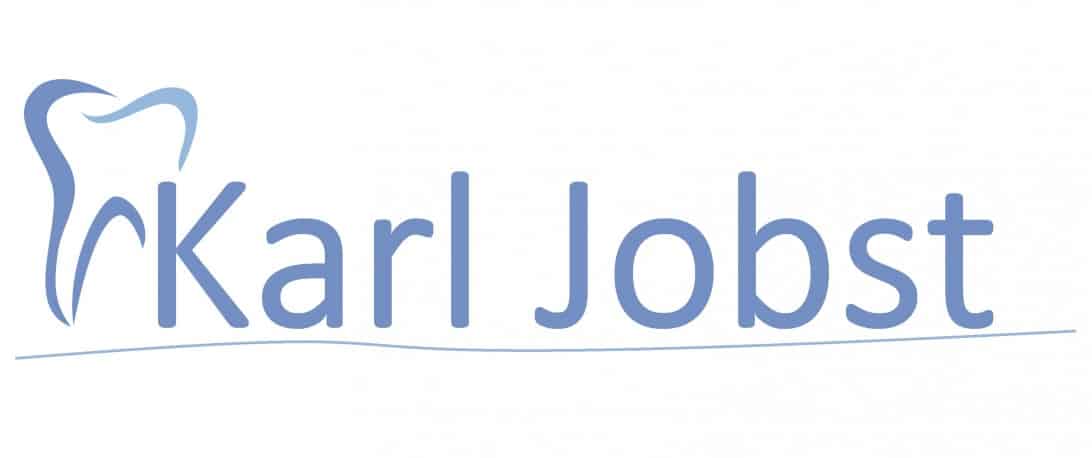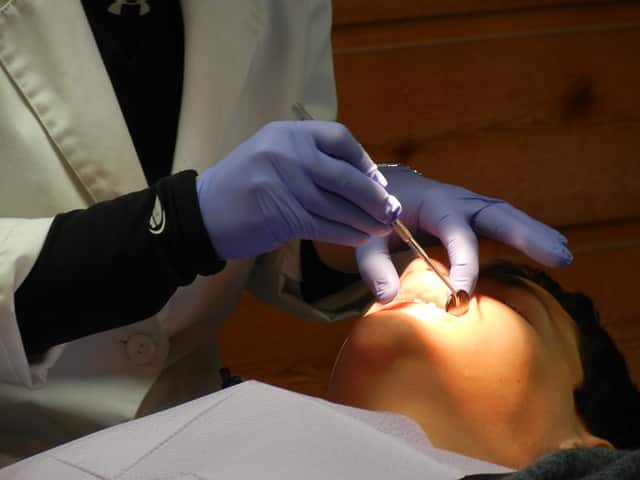Everyone needs dental services. Apart from the usual hygiene that a person can keep, other dental services such as cracks and gum issues require a dentist. Unfortunately, over 100 million Americans don’t have dental insurance plans. Although it is prohibitively expensive, it can also be painfully depressing to have one. Often, you have to pay out of the pocket every time you visit a dentist. Why does dental insurance cover so little?
Does Insurance Ever Cover Everything?
There is not one insurance cover in the world that covers everything. In fact, they have a 100—80—50 money formula. It is good to understand that insurance companies want to maximize profit. The deeper the service gets, the costlier it gets. For them, preventive services can be covered 100%. It is in their best interests that your situation does not escalate, but it not their business when you already need a dental surgeon. That is why they only cover 50% of crowns and such services.
Medicare Does Not Cover It
Historically, Medicare cover guides health insurance decisions. If they don’t have a comprehensive cover for dental work, don’t expect any private insurer to have one. The federal government backs Medicare, and it does not see the benefits of full coverage. Other insurers have simply taken the cue not to cover it fully. The little that Medicare covers leave the practitioners exposed.
The Distinctive Nature of Dentistry as a Profession
Traditionally, dentistry has not been a medical profession. Some players in the health sector don’t regard dentists as members of the esteemed class of medicine. When we talk of universal healthcare, dentistry plays a minor role in the discussion. Dentistry has a long way before it can get an honorable mention when we table a healthcare discussion. Just like general health insurance that started at the bottom of the pile, dental work coverage is following the same path. Don’t expect it to catch up with universal coverage any time soon.
Insurers Consider Non-Preventive Procedures Cosmetic
It is common practice for insurers to have the cheapest alternative when it comes to coverage. Instead of a crown, you will get a filling. That is an awful best alternative. Perhaps the problem lies elsewhere.
The pricing models of dentists leave a lot to be desired. One service will cost a tenth of what it costs in another practice. Such disparities don’t look good for an insurer who deals with small margins. They are, therefore, enticed into classifying some services elective. For instance, your teeth should be white, but whitening them is a cosmetic procedure that most insurance services will never cover.
UCR vs. Actual Charges
When they say usual, customary and reasonable (UCR), it means you have to chip in from the pocket. Dr. Summit Shah argues that actual charges often trend on the north of the UCR, never below it. Patients chip in up to 20% of the cost. Employers want to pay less, and insurers cannot do anything about it.
Designed As a Monetary Benefit
Most insurers indemnify dental health; they don’t cover it. That is why they place annual caps on claims and add copay arrangements.
According to Dr. Summit Shah, unless the insurance terms are attractive to the practitioners, most people will continue to neglect their dental health. For instance, Medicare presents a tedious administrative work that only inflates overhead costs for a practice. On the overall, there is little incentive to cover dental work in full.

